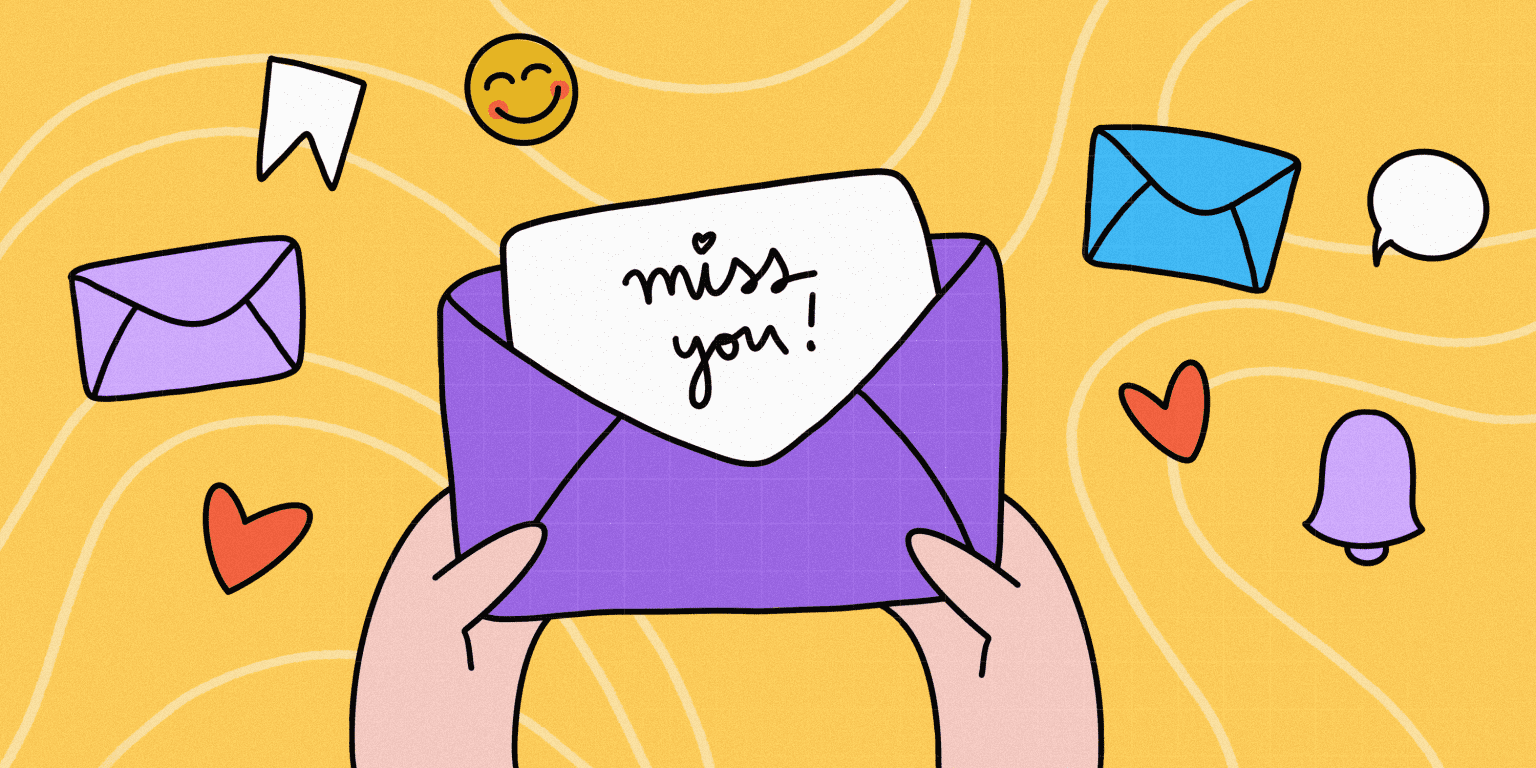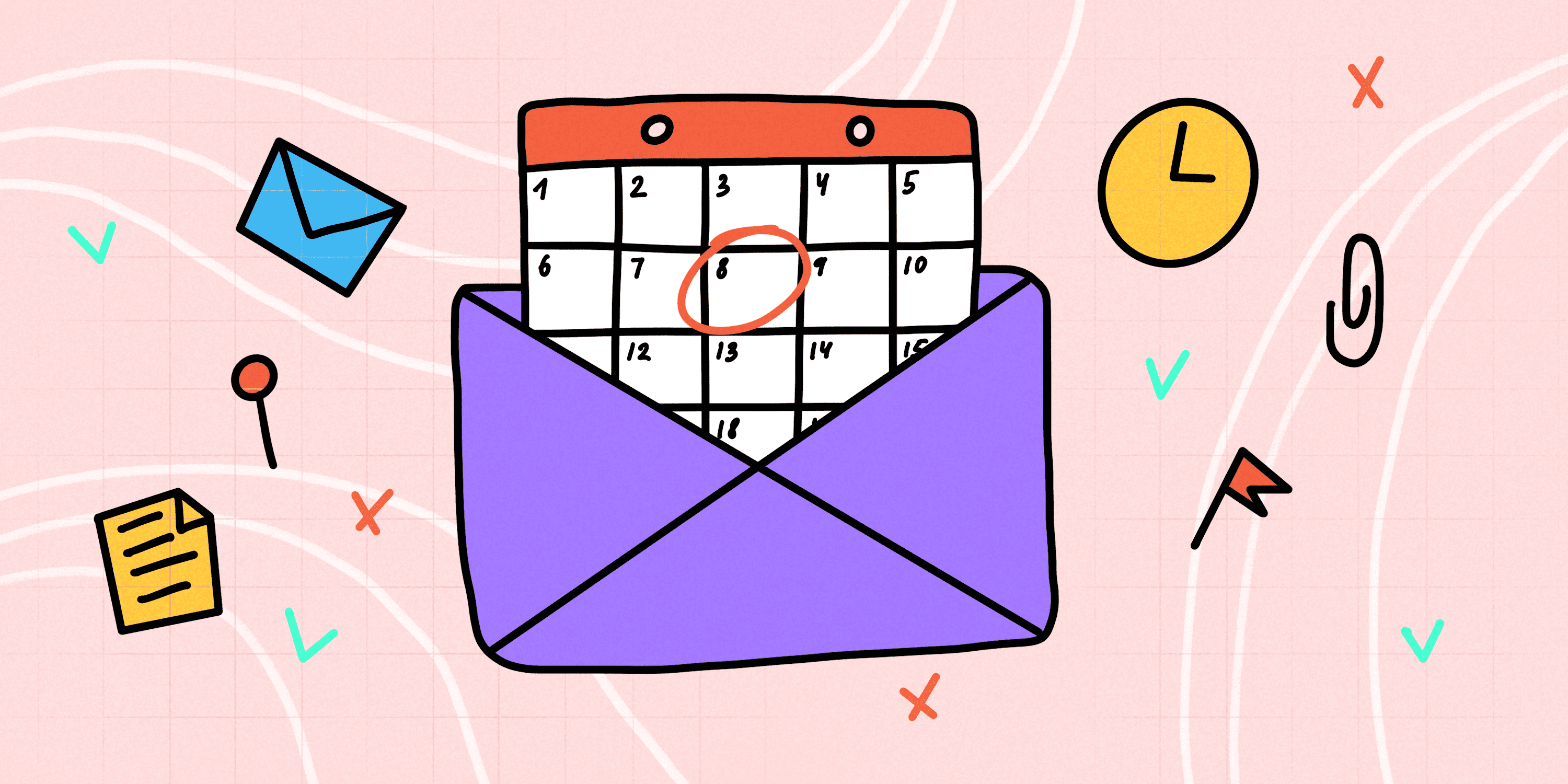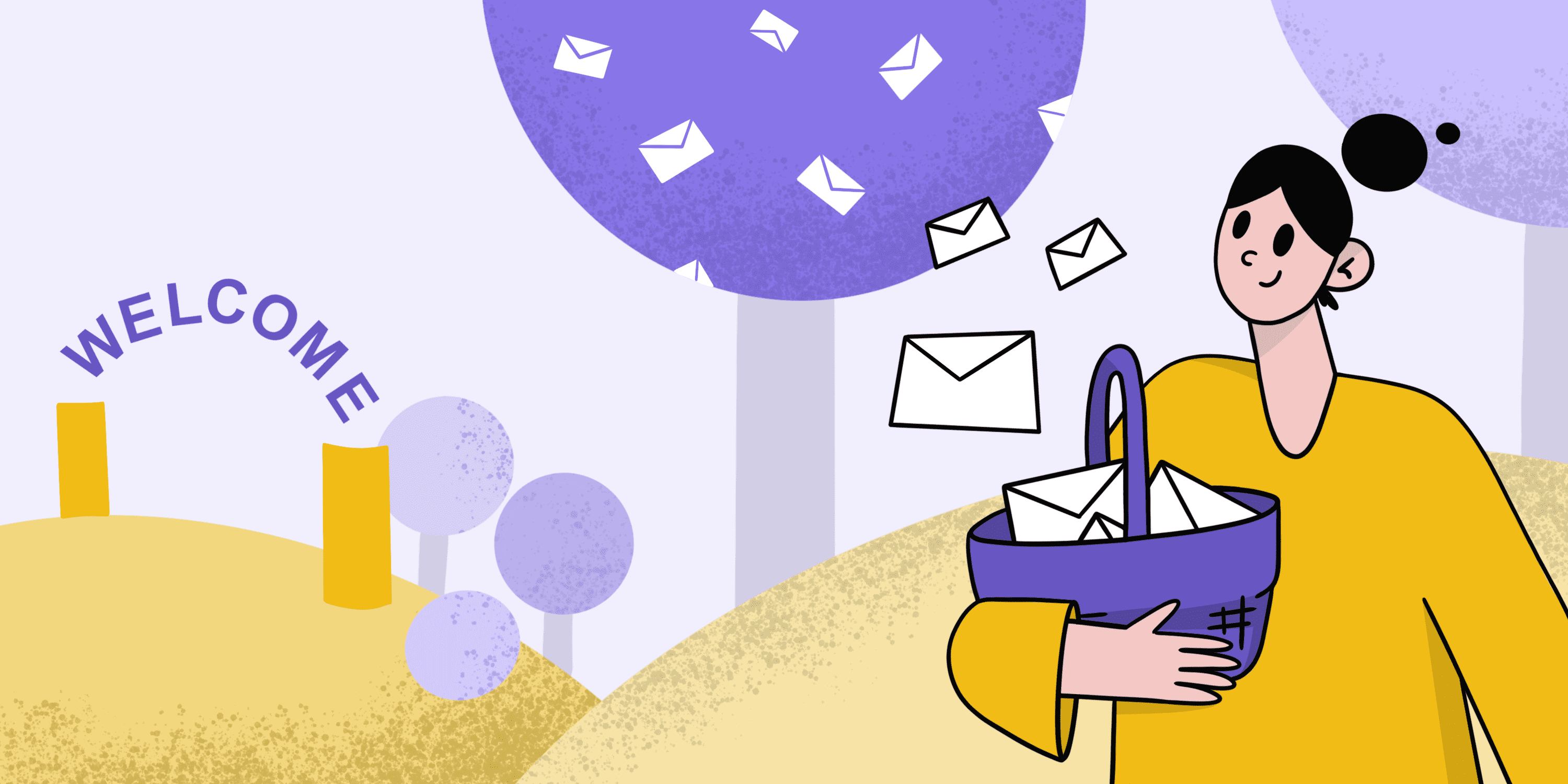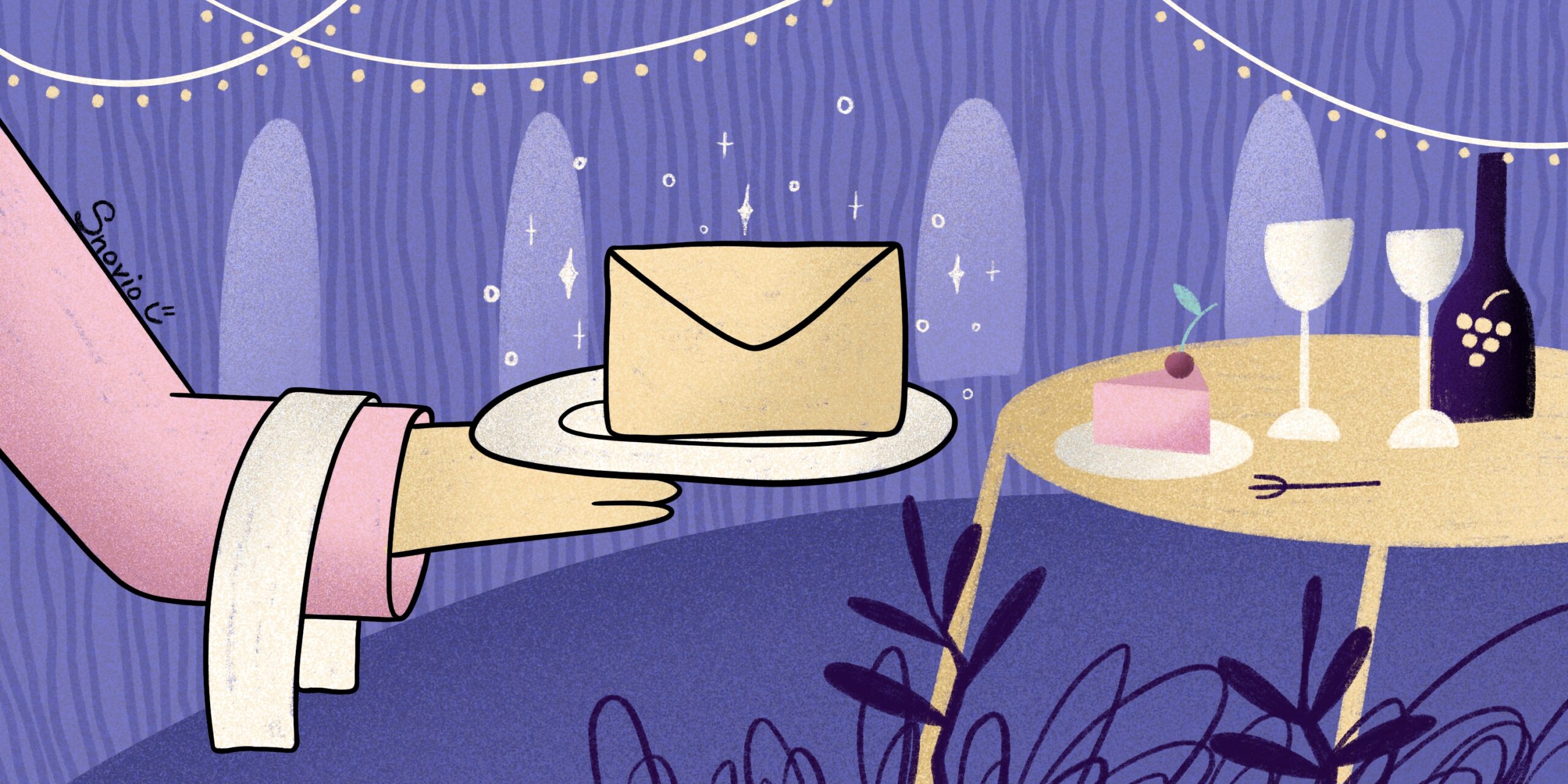Your email list is one of the essential tools in your marketing toolbox. If a social media platform were to shut down or close your account suddenly, you would lose all of your followers. But this isn’t the case with your email subscriber list — you can take it with you.
The problem with it though is keeping your subscribers engaged and active. Generally, you lose around 25 percent of your email database every year. Some patrons will unsubscribe from your list. Others will become inactive and not engage with your emails.
Winning back lost subscribers with re-engagement is not difficult, but it can be tricky. The problem is that size doesn’t necessarily matter when it comes to your email marketing list. It’s much better to have 1,000 highly engaged subscribers than to have 10,000 uninterested leads, showing low engagement.
The more inactive subscribers you have, the more damaging it can be to your email list. Email provider algorithms will start to flag your emails as junk or spam, and fewer people will see them.
Why is it important to maintain your sender reputation?
Suppose you are sending emails, and your subscribers are not connecting with them or are labeling them as spam.
This hurts your sender reputation, which is a cumulative score (on a scale from 0 to 100) given to you by email service providers such as Gmail and Outlook.
The lower your score, the more likely it is that email providers will flag messages from that address as spam or that they will not be delivered at all.
However, if your company’s score is higher, it’s more likely that the emails will deliver promptly to customers’ inboxes.
You have two options when it comes to your inactive subscribers:
- Do nothing
- Re-engage and get them back
So, the point is to re-engage with your users. But how do you get them back? The answer is through carefully targeted re-engagement emails.
What are re-engagement emails?
Re-engagement emails are drip email campaigns that aim to encourage inactive subscribers to interact with you. It shouldn’t be one quick mass email to your whole list. No — it’s much more nuanced and targeted than that.
Crafting re-engagement campaigns involves looking at your analytics, carefully segmenting your list, and personalizing your emails. Sending impersonal mass emails is even more likely to alienate customers.
So, how to win back lost customers?
Appeal to readers’ emotions
Your subscribers are people with emotions. Play up to these emotions. Use these emotions to get clients back!
The first and most obvious place to grab inactive users’ attention is your email subject line. Get this wrong, and your whole re-engagement campaign is likely to flop.
The subject line is the first thing the recipient reads. They typically notice it before they see who sent an email, so it’s your chance to hit them in the feels. Great emotive subject lines might include:
- WE MISS YOU!
- WAS IT SOMETHING WE SAID?
- IS THIS GOODBYE?
- WE HATE GOODBYES!
- ARE WE BREAKING UP?
- WE NEED TO TALK
Humans are naturally sympathetic creatures, and most hate upsetting others. By playing on this and making it seem like you are personally hurt by them not interacting, you appeal to this quality.
The last option — ‘We need to talk,’ is slightly different in that your subscribers will think ‘Uh-oh, what have we done?,’ which will make them feel almost panicky. It doesn’t sound kind, but it’s a strategy often used by successful marketers.
And to draw even more emotional interest from your inactive users, use the same tactic in the email body, just like Paul Mitchell did in their re-engagement email:

You’ll notice a few emotional components. ‘We hate goodbyes,’ a sad face using the brand’s products, and a bit of ‘sniffle sniffle’ – the brand allowed the reader to stay connected.
Besides, when conversing with your subscribers, you need to talk to them directly. Use first-person pronouns, ask them questions, or create a situation that elicits a response.
This is not the time to be passive in your marketing — gentle aggression is essential when you’re aiming to re-engage your clients.
Entice your clients in with promotions
The purpose of retention campaigns is to get subscribers to interact with emails they signed up to receive. You have to remind them exactly why they subscribed in the first place.
Chances are that they signed up because of something you offered. It might have been exclusive discounts, freebies, contests, sneak peeks, early access to products and services, and so on.
Once they receive what you promised, their interest often wanes. You need to reignite it.
If there’s no benefit to them, people will continue to ignore your emails (which, as we mentioned above, can hurt your sender reputation) or unsubscribe. The lesser of the two evils, unsubscribing is a better option, but ideally, you want them to stay.
Offer them something worth taking time to open and read your email. Make sure it’s time-limited and single-use only to prevent user fraud.

You may also want to consider running some sort of contest, but do this wisely.
If you offer something highly desirable — say, a brand new TV — you will have everyone signing up because who doesn’t want to win? However, this doesn’t mean they are your target audience.
Brenda from the senior neighborhood center might sign up to win a TV, but is she ever going to open emails from you talking about your latest business mentor course? Probably not. She is not likely to be someone worth spending valuable time to re-engage — she won’t be engaged once the contest is over.
When running a contest, make sure that the price you are offering is relevant to your business and something that is going to attract your target audience.

Once it’s over, send emails that say something like:
- You didn’t win this time, but here’s 25% off your next order.
- Better luck next time — watch out for our next contest.
Give your clients a reason to open your emails and engage with them. Don’t forget to lay your offer out on the table.
Provide your subscribers with helpful information
When it comes to social media, there is a generally accepted 80:20 rule. Essentially, this means that 80% of your posts should contain valuable information and be carefully curated, and only 20% can be promotional and sales-based.
This is a relatively good rule to work towards in your emails.
Offer your clients a discount or a freebie and provide them with either helpful information or something that will entertain them. It might be a lookbook or an interview with a well-respected individual in the industry. Include podcasts and videos in the email body so they are not forced to click away.

Correctly segment your email list
Generic emails never work. Sending your entire prospect list the same message is pointless. You need to correctly segment your subscribers and figure out what has made them disengage.
There are various reasons for this. Perhaps they signed up to take advantage of a special offer or gift, and once they receive their goods or services, they are no longer interested.
They may have added items to their cart and then decided they were not happy with the price, payment methods, or the check-out process, so they abandoned their cart.
Or it may be that they just don’t check their emails!
The good thing is that you have — or should have — tools at your disposal to see precisely why subscribers are no longer engaging with you. The majority of email mailing providers give you access to detailed analytics, allowing you to see who is opening your mail, unsubscribing, and various other stats.
Suppose an entire demographic is disengaged. This means you are not meeting customer pain points and need to take steps to rectify them.
Remember, it’s much cheaper — around five times so — to re-engage inactive customers instead of converting new cold leads.
You need to think carefully about the time frame in which you allow them to be inactive. How long depends entirely on your company:
- If you have a grocery business where customers tend to make a purchase once a week, you may want to only leave it a month before getting in touch.
- Conversely, if your business is something that only requires a customer checking in once every month or two, you might want to hold fire for three or four months before considering them inactive.
It’s also essential to know where in the sales funnel they are to send them the appropriate emails. There is little point in sending them a ‘We see you have abandoned your cart’ email if they have not got that far yet.
If your clients engaged with you the last time they abandoned their cart, part of your re-engagement process could be an email asking them if they had forgotten something.

This might just give them the nudge to go back and complete the sales process. Your following email in the sequence, should the first one not be successful, is to offer them a discount on the items in their basket.
If they only signed up for a free trial period, perhaps you could offer them an extension of the trial or a discount on the price.
Or, suppose your CRM is flagging up that the customer has experienced poor customer service in the past. In this case, you can use your re-engagement sequence to apologize personally to them and show them the steps you have taken to fix the problem.
Sometimes, showing that you can digest a large slice of humble pie is invaluable to clients.
Speaking of improvements…
Share what has changed

The above is an email from the popular social media scheduling tool Hootsuite. Their re-engagement message tells inactive users what has changed since they last logged in. They also appeal to their subscribers by saying they’ve made improvements based on their customers’ feedback.
Explaining what things you’ve enhanced will show that you care about your subscribers’ needs and also make them curious about what has changed.
Add a personal touch

Customers know that you hold an incredible amount of data on them regarding their purchasing history and consumer habits. They expect much more than impersonal emails sent out to everyone, perhaps with just their name.
After all, it’s not hard to import a name from a database and stick it in an email. Instead, tailor each message to the customer, depending on where in the funnel they are, mentioning their purchase history.
For example: “Last year, you bought a [Product] us. We are just checking in to see that you were happy with it and offer you 10% off your next tool purchase.”
This shows your customer that you have taken note of what they have bought in the past, asking for feedback and offering them a discount — an excellent re-engagement trilogy!
You might also want to frame your email as a personal letter from the director or the CEO, adding touches such as unscripted videos for authenticity.
Keep it simple
Don’t overcomplicate things. There might be a lot going on — new management, processes, initiatives, and products. And you may be eager to share all of these with your email re-engagement list, but overwhelming them is a huge turn-off.
Instead, focus on one thing at a time. If clients have experienced poor customer service in the past, focus on that first before moving onto promotional offers. If they have stopped engaging because their free trial ended, offer them an extension before providing upgrades.
Make sure that you leave an appropriate amount of time before chasing up with the following-up email. After all, if one of the reasons your clients are not engaging with you is receiving too many emails, a quick-fire succession of them will not change their minds.
Give them options
Your email subscriber list doesn’t have to be a choice between getting all emails and getting none — there can be an in-between.
When sending your emails, give your customers different options. Do they want to receive news about special offers and discounts, or do they want newsletters?

As a result, those who initially wanted to hit that Unsubscribe button might stick around, which will also give you helpful feedback.
Prevention is better than cure
While you are never going to hold on to and engage every customer that signs up to your email list, you can take steps to keep them active as you go along, rather than waiting until they become disengaged.
A double opt-in can be essential because those who are not interested in your offers won’t go past the initial sign-up stage, and you will stop users that aren’t ever going to engage from getting that far.
Then, allow them to set their preferences at the earliest possible opportunity — what content do they want to see and how often? This prevents you from sending out too many irrelevant emails.
Your email subscriber list is important, but it’s about quality rather than quantity. Why waste your time crafting emails that get sent to the trash folder or completely ignored?
Find out what subscribers want, give them what they want, and get rid of the rest.
Sometimes, breaking up isn’t hard to do.




